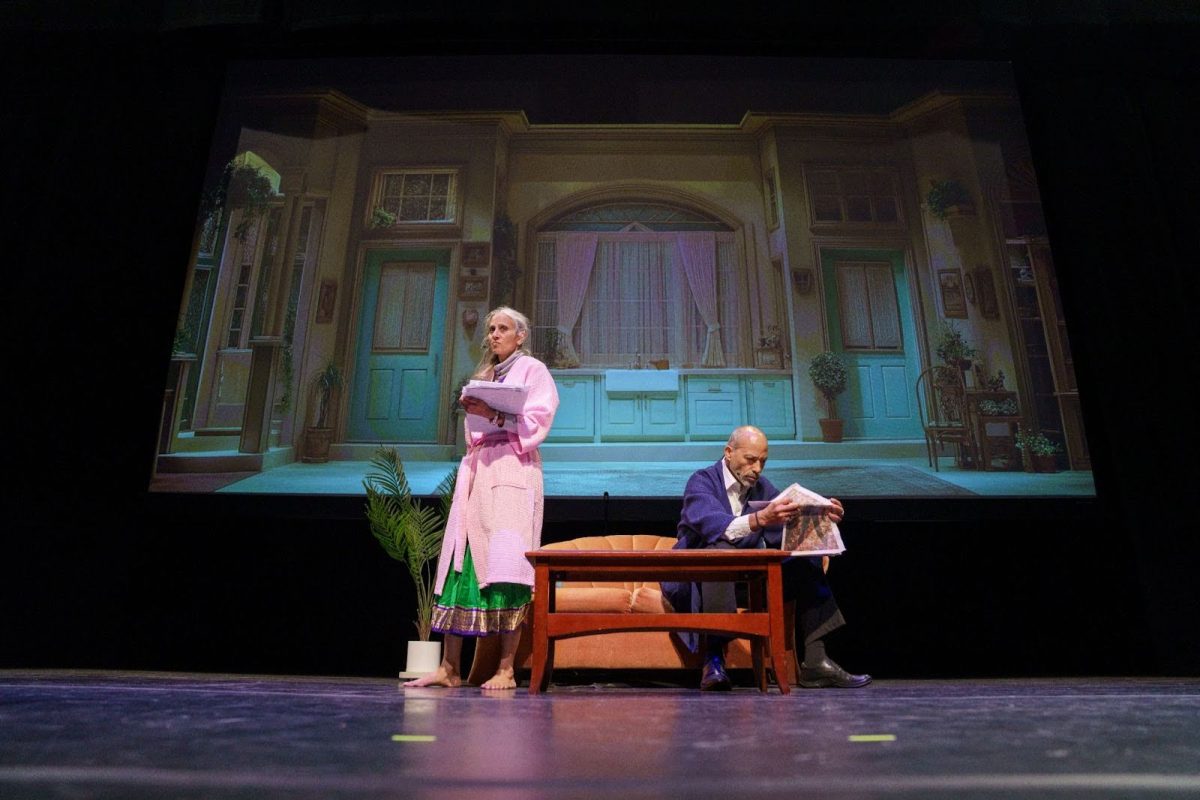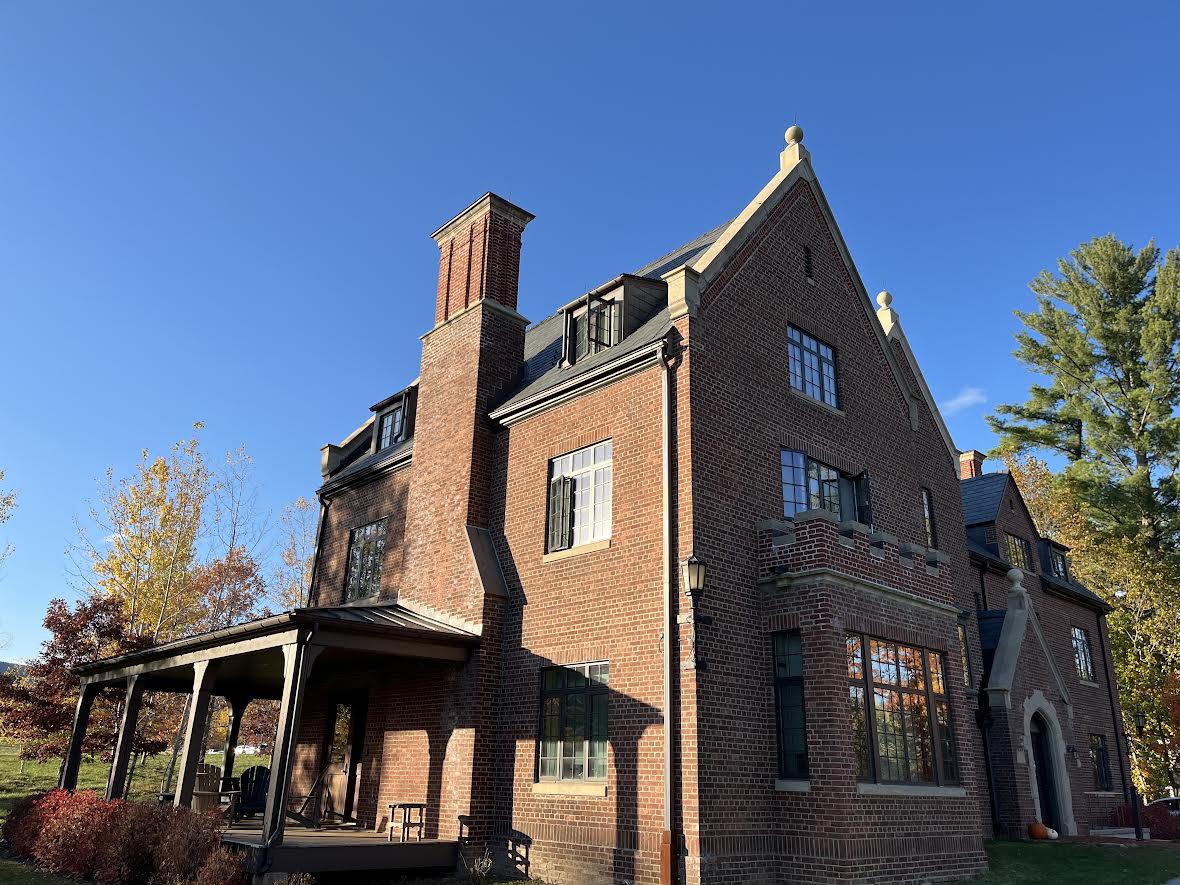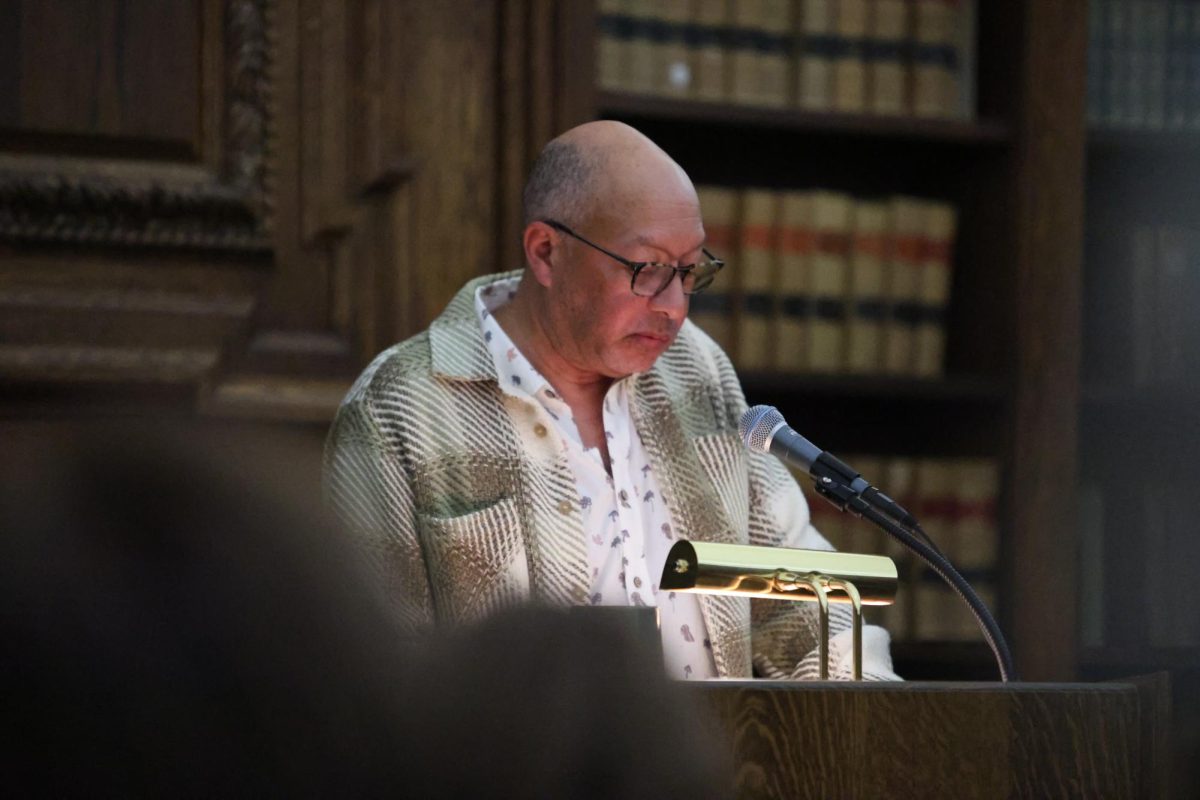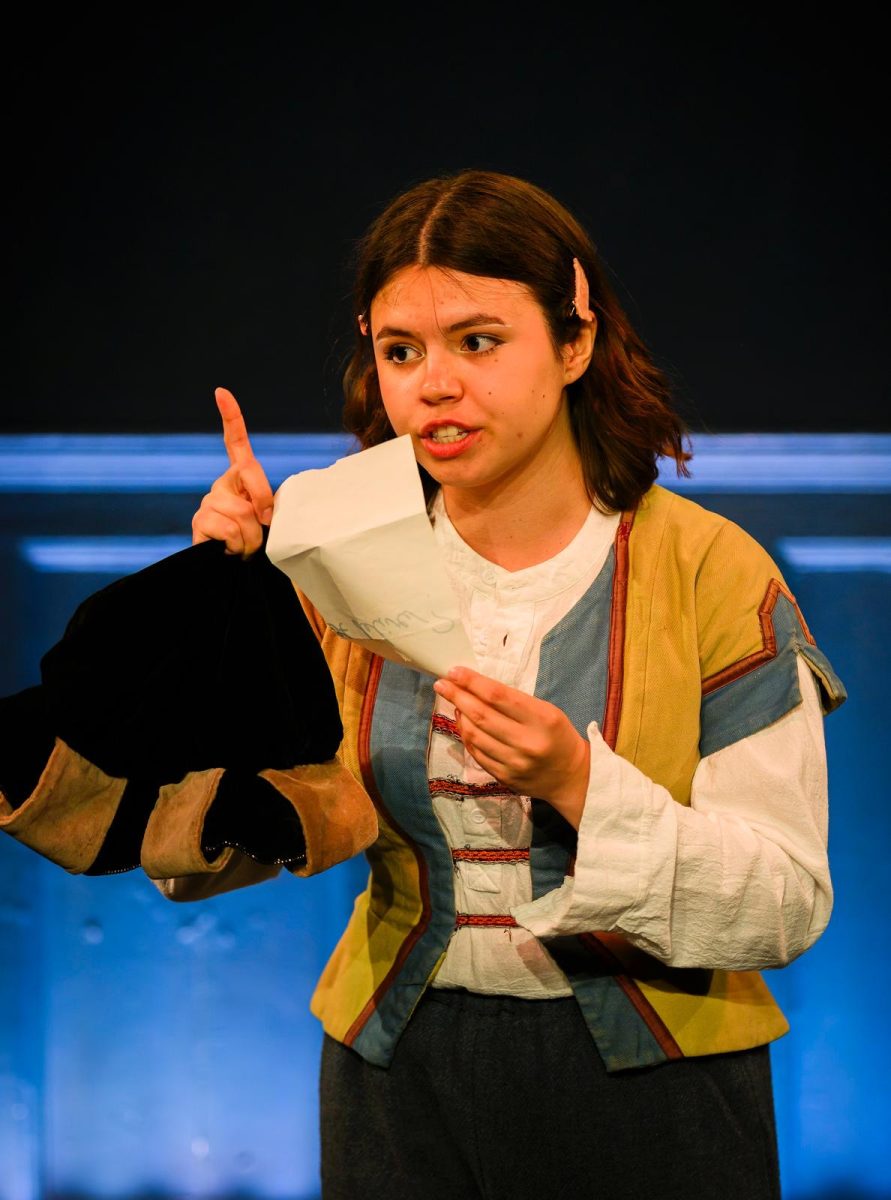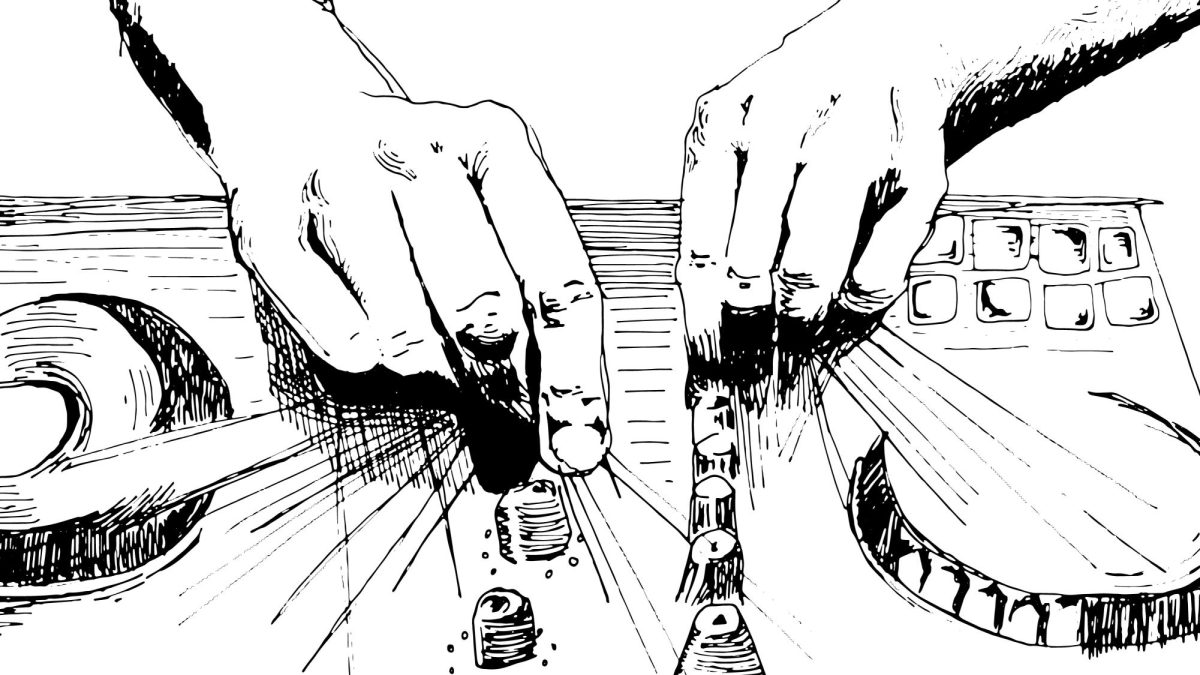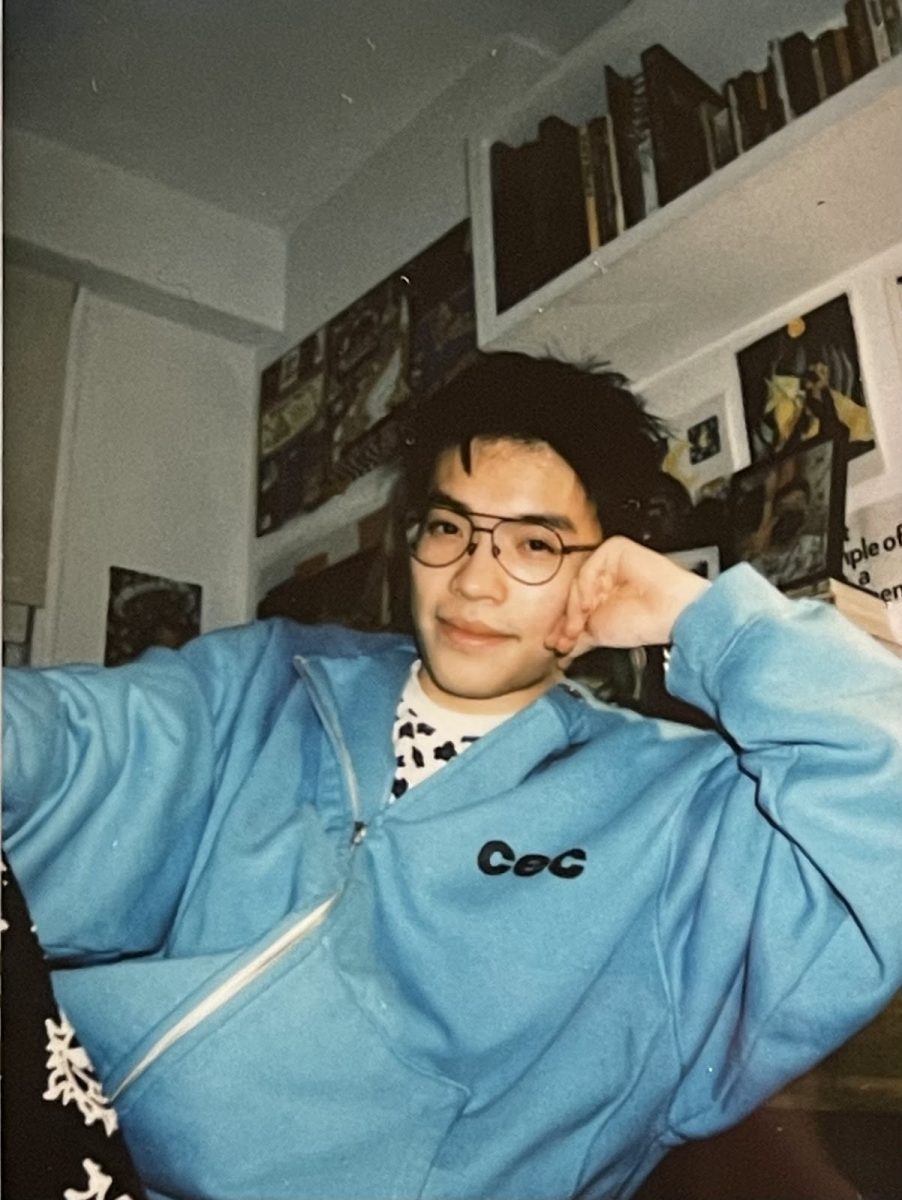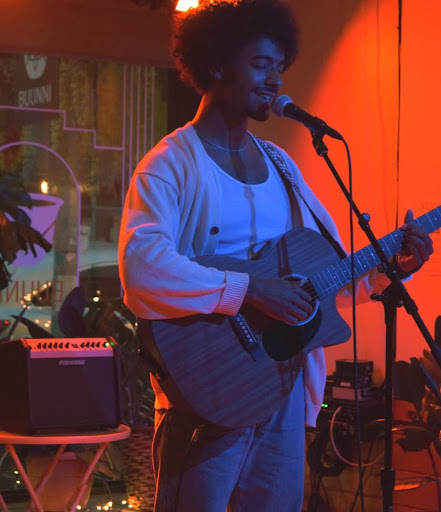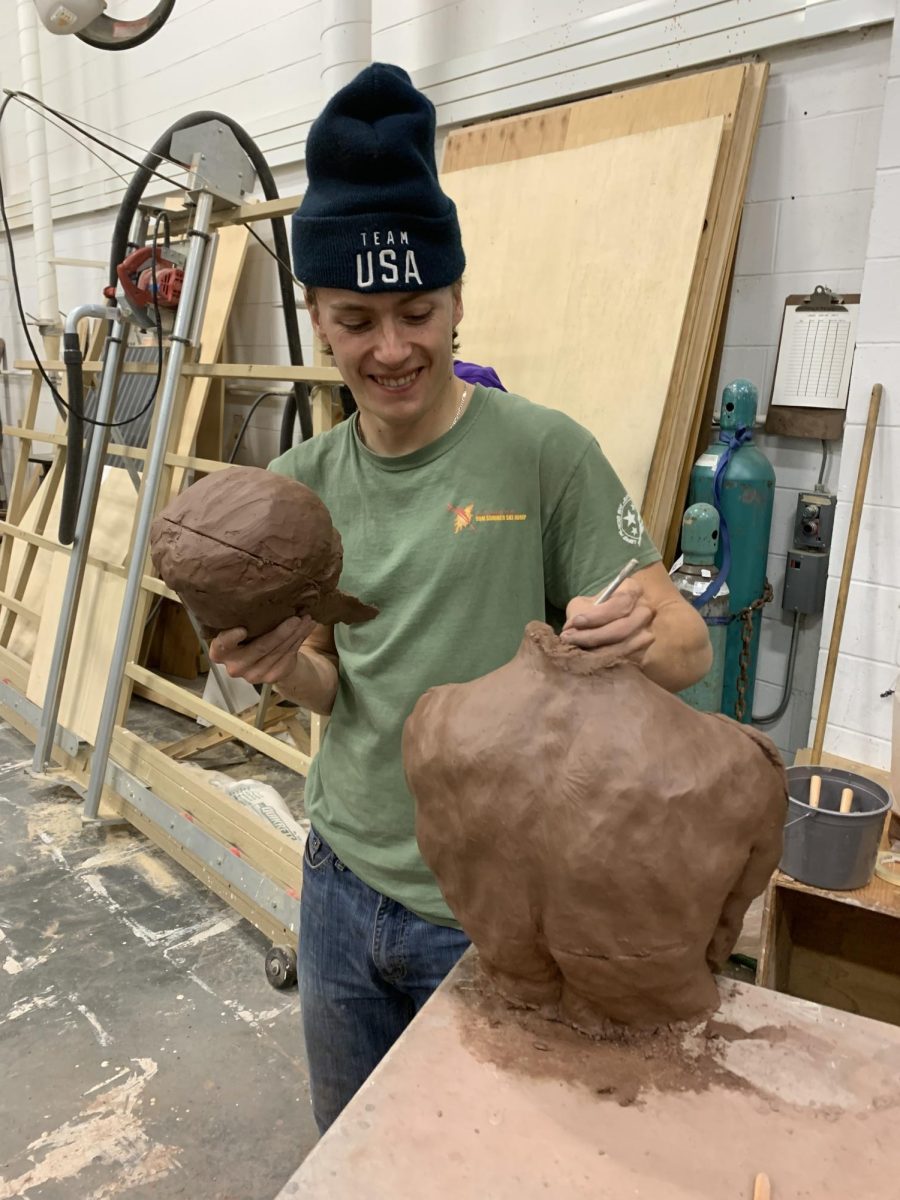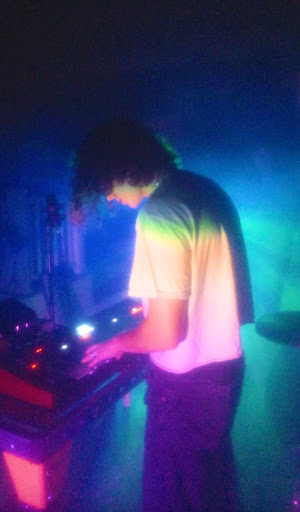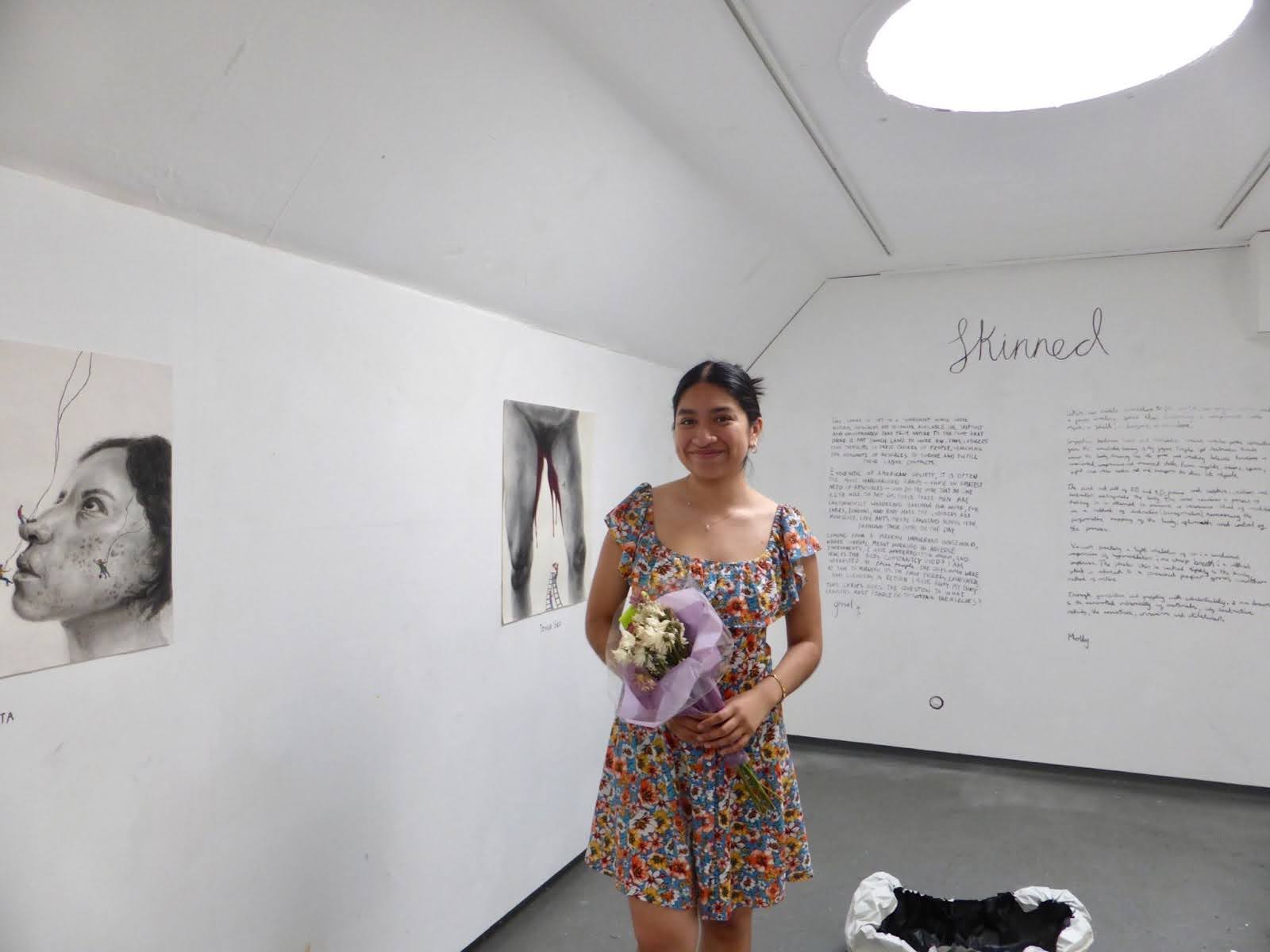
When it comes to inspiration, visual artist Gissel Gomez ’26 knows just what to do. “I really like to just look at things,” she said. “I think half the battle of drawing is just learning how to look. Drawing is just you looking. And that can be really difficult. Our brains are convoluted, and you are distracted.”
Gomez, who majors in studio art and English, has been drawing since before she can remember, often employing unconventional materials.
“I grew up in a low-income community with a lot of Latino and Mexican working-class immigrants, and I think that really laid a foundation for this resourcefulness that I use [in my art],” she said. “As a kid, cardboard was one of my favorite things because I can make my own sculptures. Origami was another favorite thing, because I could use any paper — loose leaf or, again, the thin pieces of cardboard. I think not having a lot growing up made me realize that you don’t really need a lot to do your own thing.”
Although she still uses a variety of materials in her art classes, Gomez now prefers to work with charcoal. “It was at Williams, my freshman year, where I got introduced to charcoal,” she said. “It seemed like a very scary medium, a very professional, fine type of material. But there’s a kind of materiality of it that was very intriguing to me, of the rubbing and the grasping and the sliding and the scratchiness and all these textures.”
Gomez’s academic background in English literature informs her artistic practice. “Reading has made me a better artist,” she said. “For me, reading is also art. And writers who write novels and poems, it’s art right there. It’s a sustenance that I want to keep consuming, and I want to keep learning.”
She spent her junior year abroad, taking English and Art tutorials at the Williams-Exeter Programme at Oxford while simultaneously enrolling in the Ruskin School of Art, the department of fine art at the University of Oxford. At the end of the school year, she had the opportunity to put on an art exhibition at St. John’s College with another Oxford student, where she displayed some of her portraiture work.
“We did [this] art show at Oxford last June when the [political] climate in America also wasn’t the best,” she said. “To portray brown bodies in this white space in a white country felt significant. It was very fulfilling.”
Gomez’s work tackles themes of labor and the body through a contemporary lens. “My work will always be political, because that’s what the world is,” she said. “I’m a political subject in the state of the world. And this paper came from somewhere, and these drawings and this charcoal came from somewhere, and it all comes from somewhere.”
Her pieces often feature figures performing physical labor, an homage to her upbringing in a working-class community in New York state. “In my work, I care about the labor,” she said. “I care about the migrant worker and the farm worker, because I know people do not care about these people, and that doesn’t matter. It’s always for my kind of selfish realization of [knowing] that I cannot take care of all these people, but for right now, in this drawing, I can take care of this one figure.”
Now in the thick of her senior year, Gomez plans to embark on a new creative journey through her studio art senior thesis in the upcoming semester — a large-scale mixed media piece that will build on her drawings of bodies and explore themes of labor and landscape.
“I was at an art lecture at Oxford where there was a visiting artist, and they were saying, ‘If what you make doesn’t scare you, then you’re doing it wrong,’” Gomez said.
Although her time as a student at the College is coming to a close, Gomez plans to continue her pursuit of art after graduation. “Over last year and this summer, I gained a love for art that I didn’t know was possible, not just this aestheticization or romanticization of art, but kind of the ugliness of it too — the labor of it, and the maintenance of it, and the politics of it, and just all sides of it,” she said. “I want to deeply invest myself in it in any way I can. So I know I will be in these kinds of artistic and literary spaces in the future in some shape or form.”



